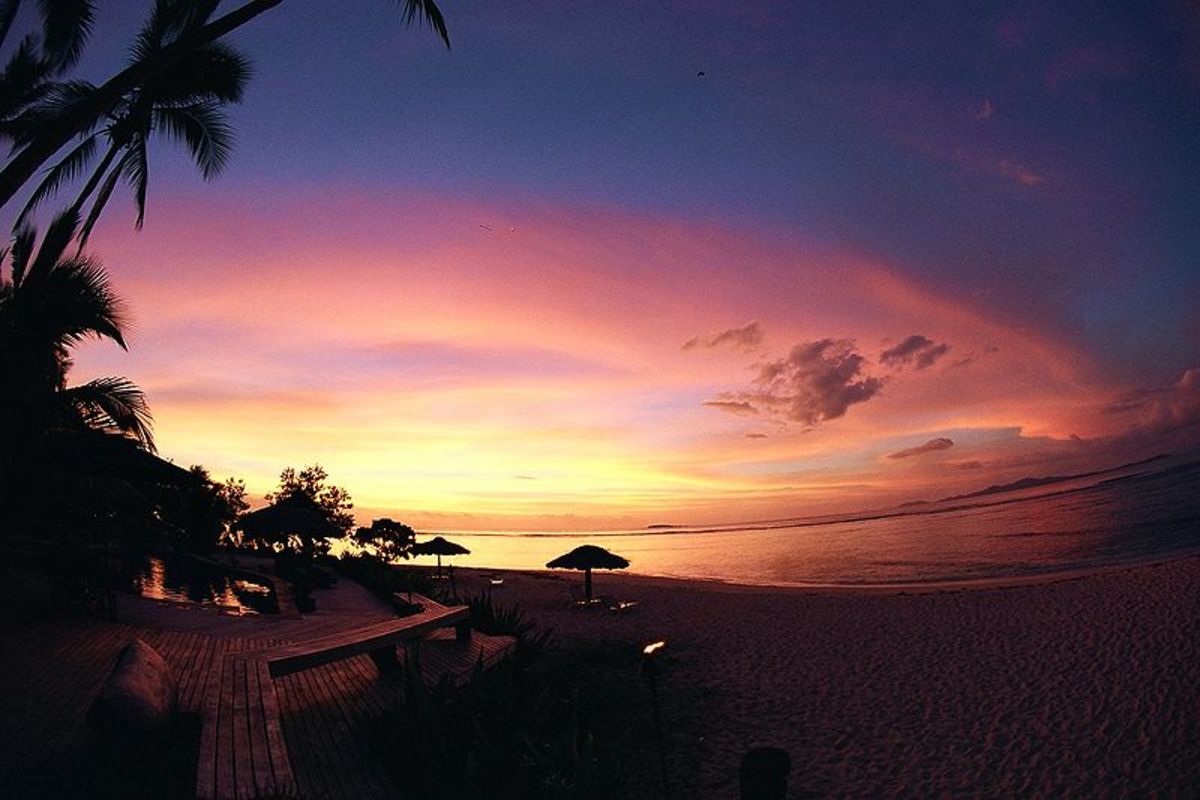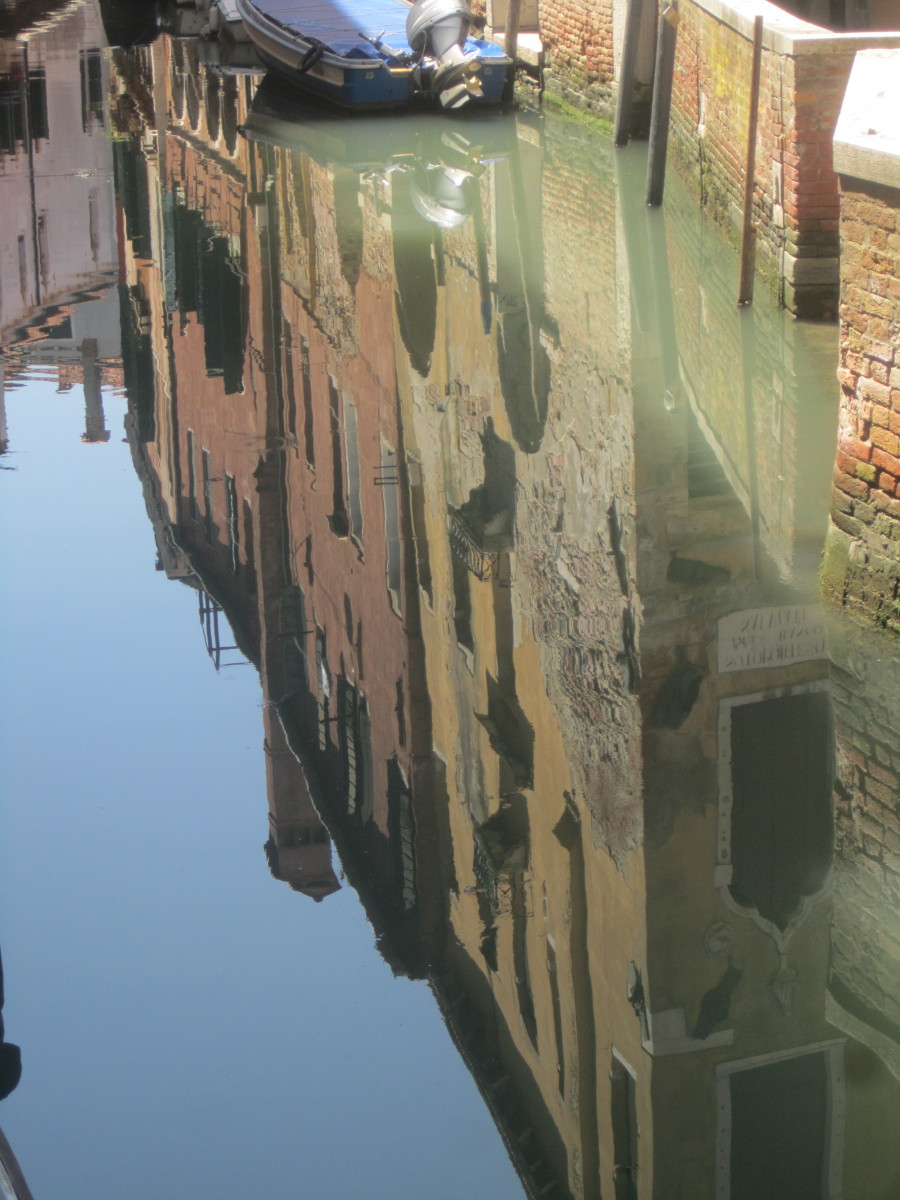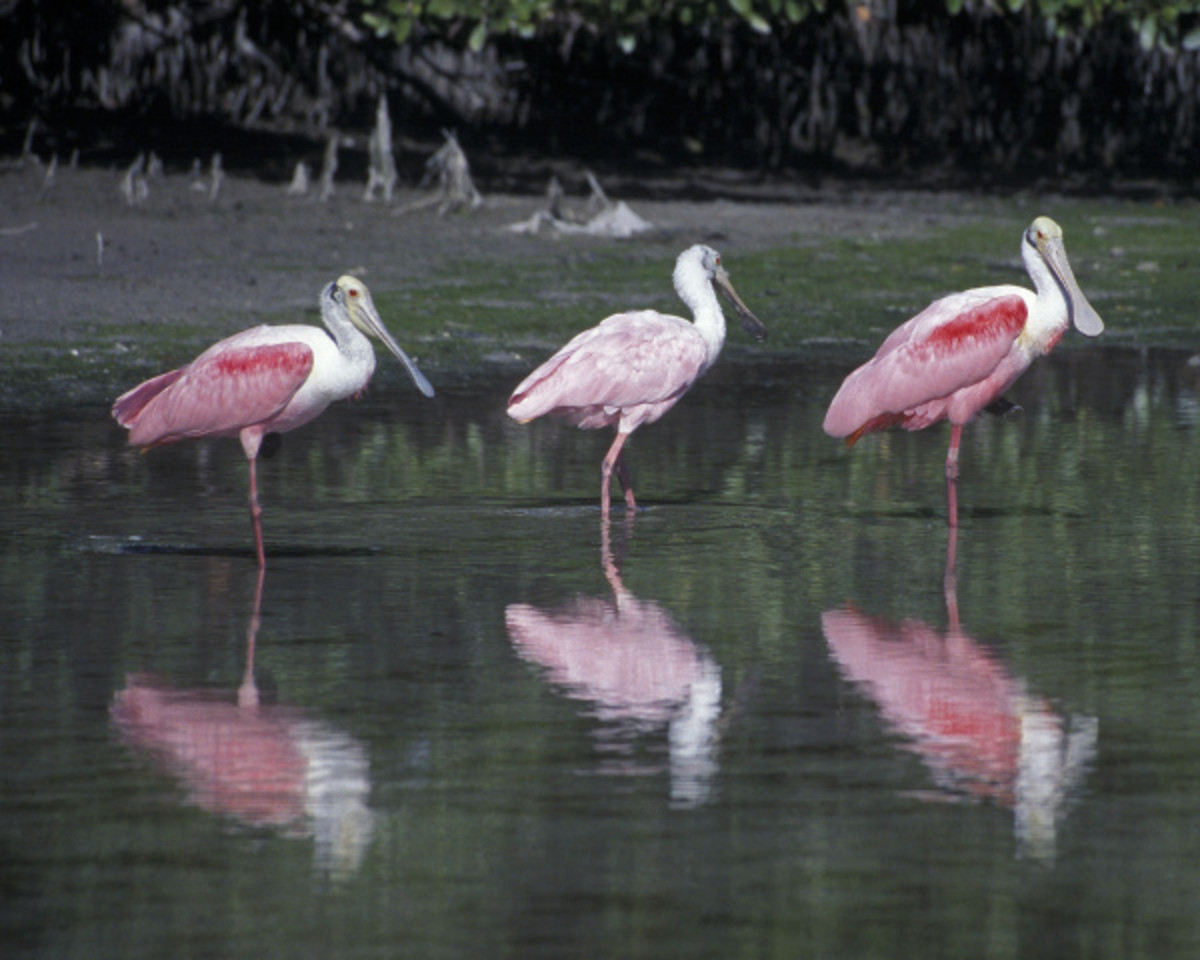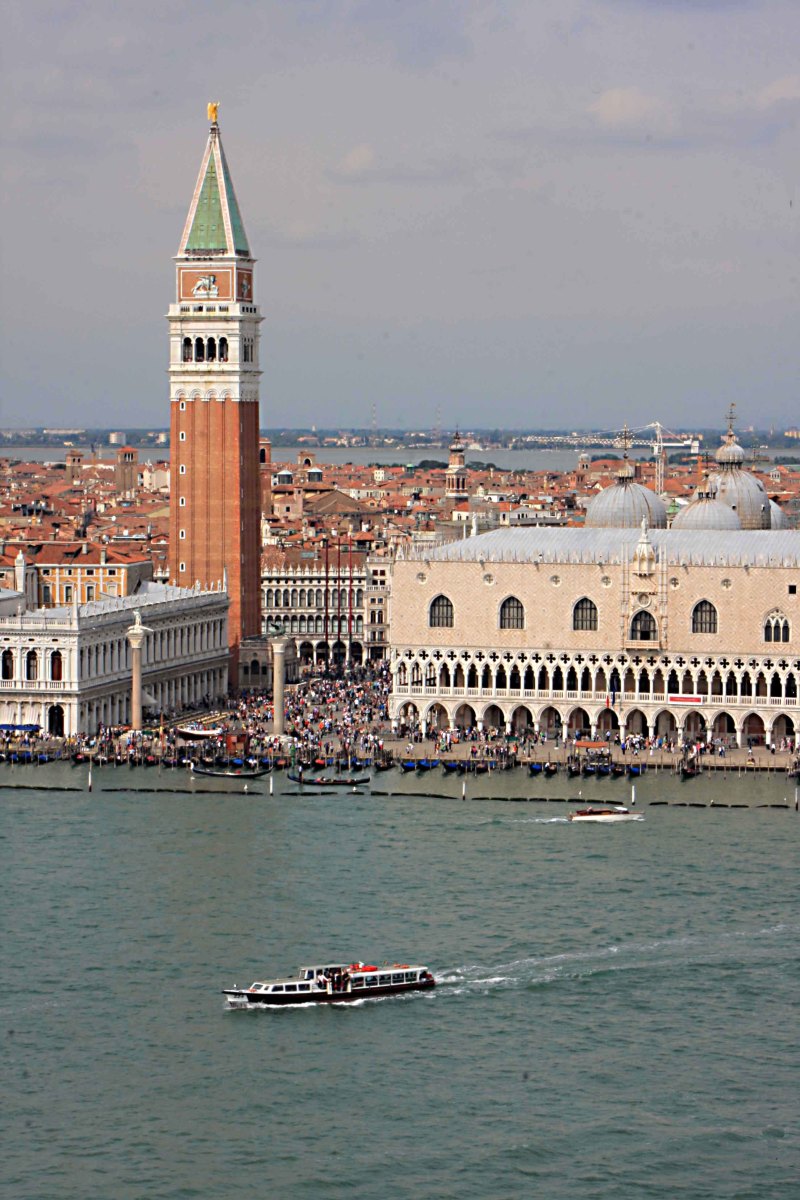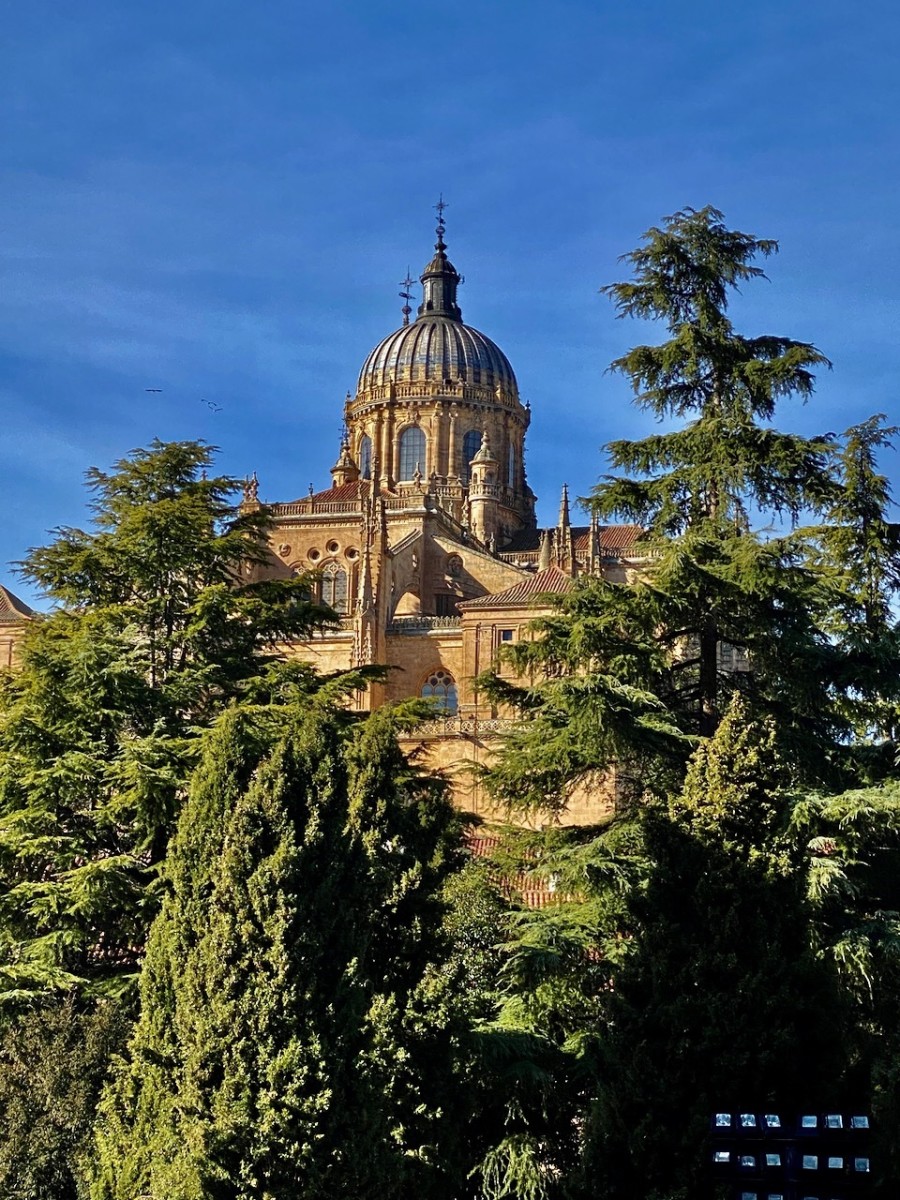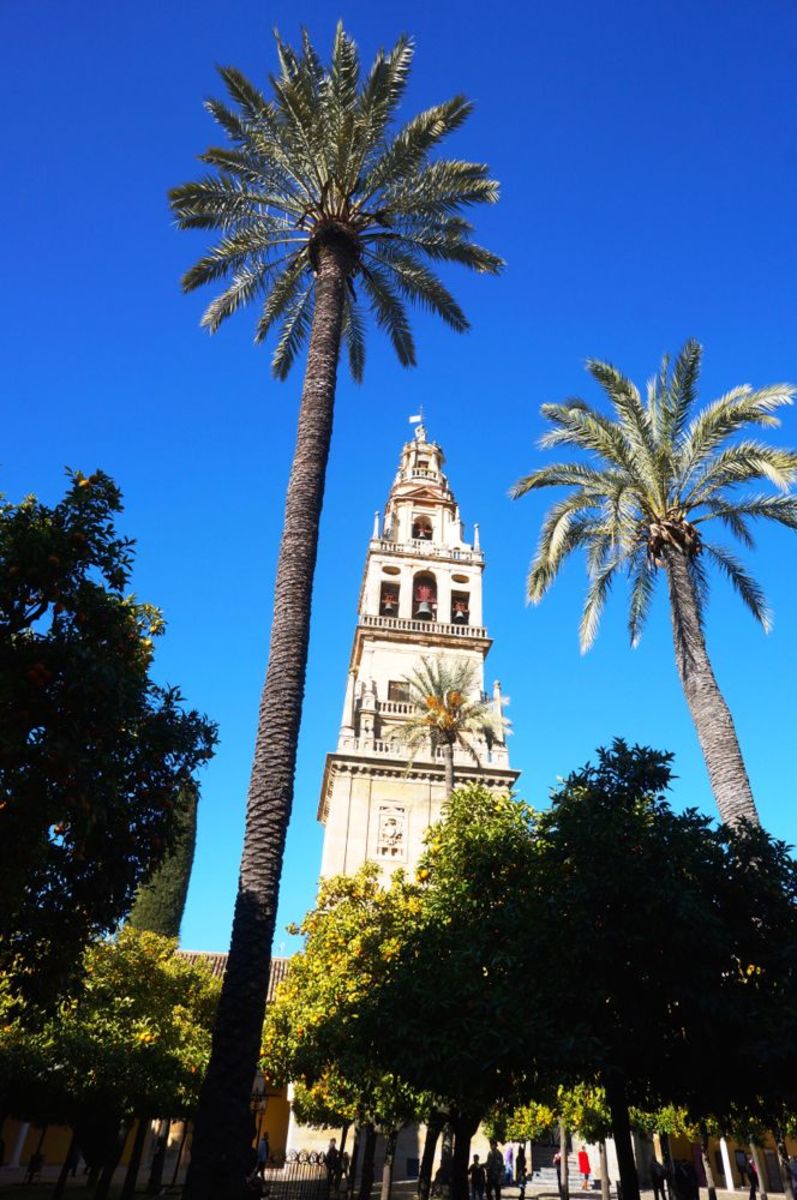S'albufera: a paradise for birdwatching
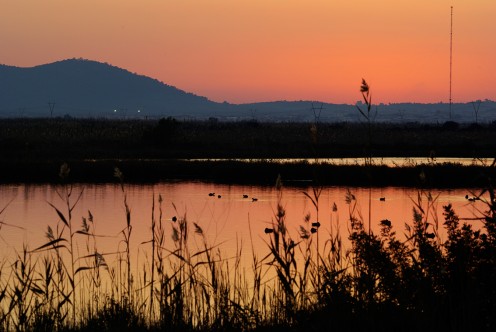
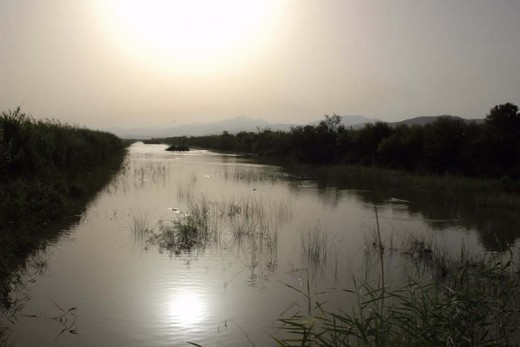
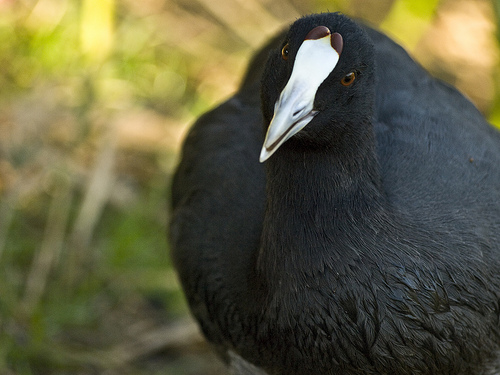

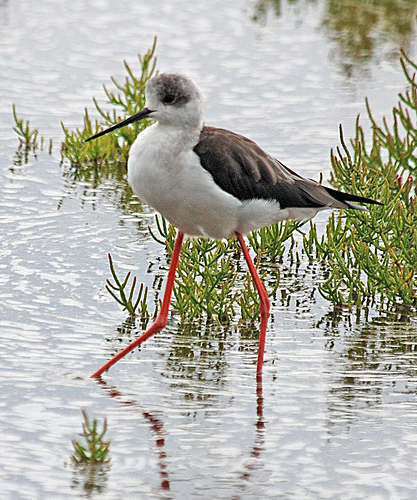
Lying in northeast Majorca facing the bay of Alcudia, this stunningly beautiful wetland area is a little-known gem housing hundreds of species of plants and animals. Commonly missed off the tourist-trail, the wetland reserve is the largest and most important in the Balearics and should not be missed by those visiting the island. So on a day off from the mountains I spent many hours there. It is the largest wetland in Majorca with plenty of hides to enable close viewing of the birds. When you first sit down to watch the goings on you think there is not a lot happening here, but the more you look the more you see and realise it's actually a very busy place. It is often visited by different types of raptors. You can loose hours there without realising how wrapped up you are in the life of these birds who live and visit there.
Almost twenty years ago, this area of amazing natural beauty was doomed for destruction: hundreds of resort blocks were planned to add to Majorca’s already over-developed east coast. Yet luckily, the Balearic government had the wisdom to save the S’Albufera from destruction of the bulldozers, declaring it a protected reserve in January 1988 - the first area in the Balearics to be given such protection. Today, the wetland area, with a protected area of some 1,700 Ha, is the largest in the Balearics, and houses an ancient lagoon separated from the sea by a series of dunes. For centuries, and especially in the last two hundred years, sediments have been accumulating in the lagoon, transforming it into a wide flood-plane. Thus S'Albufera is a famous, almost mythical place: its birds, eels, water and canals are really wondrous and well known. It is also notorious for mosquitoes, strong smells and occasional and violent floods. S'Albufera has been used for many purposes: as a hunting-ground by privileged minority -as well as by poachers-. the origin of the delicious eels and last but not least the ruin of some ambitious agricultural enterprises. On a dry island like Majorca the contrast of a landscape of bridges and canals is especially attractive. S'Albufera offers all this and more: a diverse and plentiful fauna, a particular flora and a culture of its own. S'Albufera is a unique place on the island and its natural values have been recognized and appreciated as such.

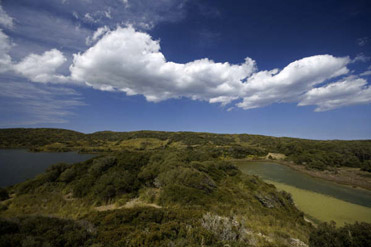
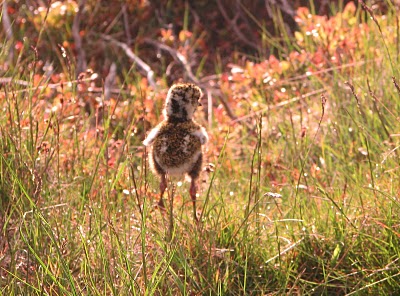
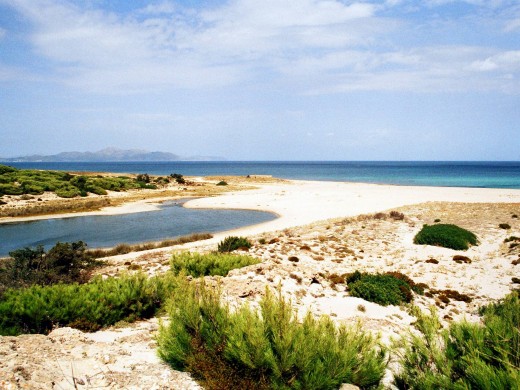
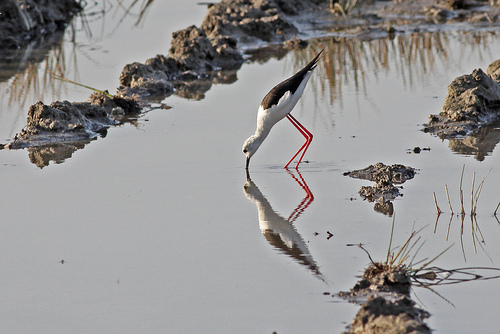
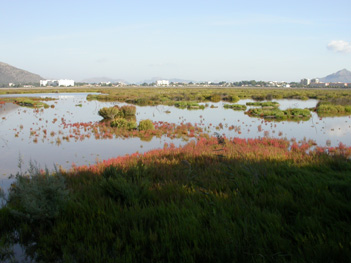
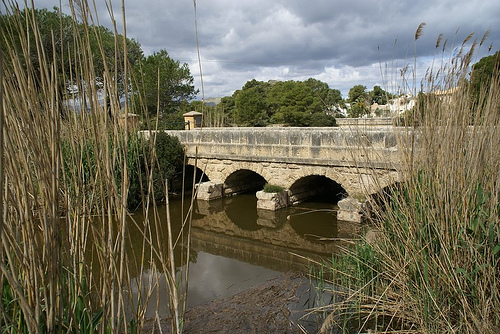
Water is the basic element of a landscape and ecosystem such as S'Albufera: it determines everything else. There are three sources of water: flowing from the Island countryside, underground springs and seawater. S'Albufera is the delta area of a large drainage area. The rain that falls in this basin passes along various routes: either sinking into the substrata, evaporating, nourishing the vegetation or swelling the streams (Muro and Sant Miquel) which flow into S'Albufera. These two streams carry 20-40 cubic Hm. per year; the bigger stream, the Sant Miquel, originates in the springs, Ses Ufanes de Gabellí, which flow periodically from a poit about 10 Km. NW of S'Albufera. In fact, only a limited amount of water from both streams enters S'Albufera. During the last century embankments were raised along these streams, and thus by canalization their flow is directed to the sea so that it does not flood the farmland. You can see this canal system on the map. One area, called Es Forcadet, is allowed to flood- a triangular area before the two streams join the Gran Canal. If the flood of the streams coincides with a high tide, two lateral canals at the mouth of the Gran Canal (called Sol and Siurana) cope with the overflow, channeling it to S'Albufera. There is another conduit at the same latitude as the Punta des Vent, which passes under the es Mig road via a floodgate into the Canal Loco and the Colombar. There are other floodgates and conduits at different points of the streams. In some places the embankments are in a bad condition, allowing water to flood arable land, which greatly annoys the farmers. Some fresh (or slightly brackish) water comes from underground. An unknown number of underground springs flow into the farmland, mainly in the South. It is estimated that water from this source totals between 25 and 30 cubic Hm. per annum. It is mainly this water which flows through the canals towards two outlets: the Pont del Anglesos (The bridge of the English), where the Sol and Siurana flow into the Gran Canal, and L'estany dels Ponts, which flows out mainly through the Canal Ferragut. To allow the water from the SW to cross the Gran Canal there is a series of conduits from the Canal del Sol to the Canal Siurana, passing underneath the two tracks and the Gran Canal. These conduits have been in operation for more than a century. The outlet of one of them can be seen as a powerful jet into the Siurana from the Pont de Sa Roca. Seawater flows into S'Oberta at high tide and into L'Estany dels Ponts. The balance between salt and fresh water is critically important for vegetation and determines the entire ecosystem of the area. Unfortunately there are some pollution problems. The stream of Sant Miquel is polluted by sewage from Sa Pobla; here are also problems of pollution associated with the agricultural use of fertilizers and pesticides. Unfortunately the Alcudia wetlands site is within a growing tourist region in Majorca, as well as being adjacent to an area where agriculture is intensifying. Both these aspects are putting pressure on freshwater resources and S'Albufera's coastal wetland ecosystem. There is concern that these factors will induce changes in ecological processes and biodiversity in coastal wetlands, even though the wetlands are an officially protected conservation area. Fortunately the waters from nearby built-up areas that were a source of pollution are now almost totally treated.
The plantlife of S'Albufera is determined by two decisive elements: water and salt, ecological factors of obvious importance. Human influence has also had a discernible effect on the variety and evolution of the flora of S'Albufera. The basis of S´Albufera´s ecological richness is water. The virtually permanent inundation of much of the Natural Park provides favourable conditions for vegetation growth and variety according to the depth of water, proximity of the sea and type of terrain. The range of plant species gives cover and food to a multitude of animals, which in turn are food for many more. Thanks to the abundance of water the diversity of living organisms (known as biodiversity by scientists) is very high, indeed S´Albufera’s suite of ecosystems supports the greatest biodiversity of any site in the Balearics.
Environmental factors (climate, soil, etc...) act together, and in the case of S'Albufera reinforce each other: the winter and spring rains coincide with increased flows from subterranean sources and from the springs around S'Albufera. In summer the lack of rainfall and the high temperatures increase evaporation and therefore salt concentration in many places. The human influence is important: desiccation, the construction of canals, embankments, the introduction and conservation of species, the cultivation of farmland and its later abandon are all factors directly influencing plant-life. There is another factor related to man which has influenced the ecosystem immensely, namely fire. Until recently, the reeds were usually burned off after harvesting, and sometimes the fires have burnt all across S'Albufera. The long-term effects included the killing of many trees such as tamarisks and elms. Although fire can be a useful tool, its long-term effects from a broader perspective have been very damaging when abused.
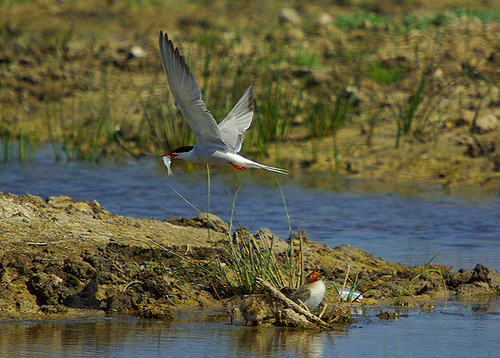
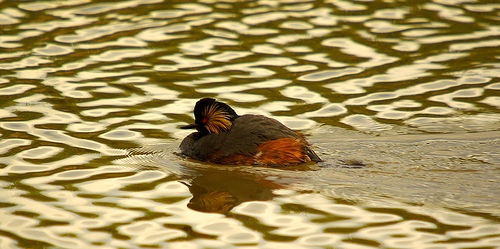
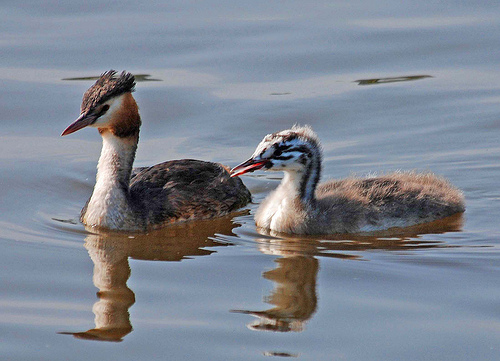
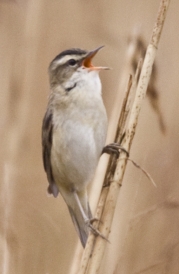
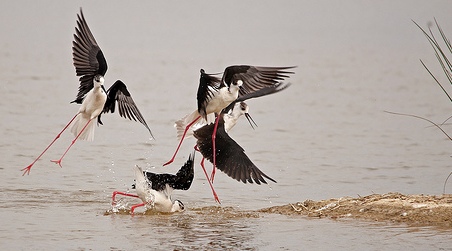
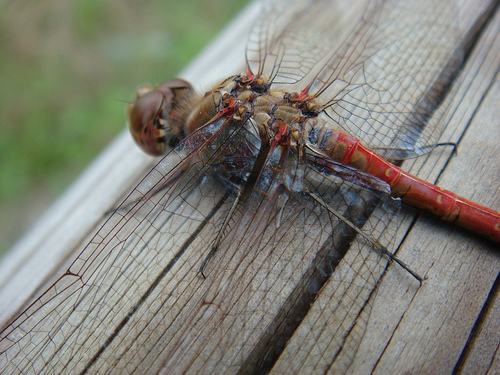
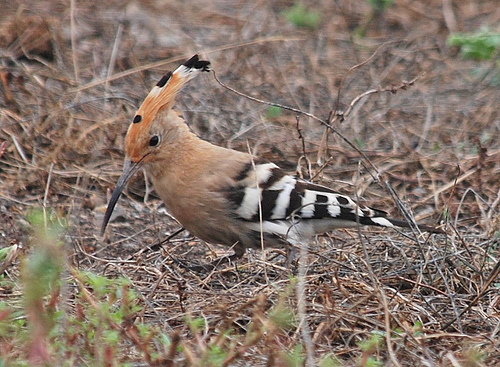
S'Albufera's greatest treasure is its bird-life. In fact, the most celebrated and appreciated group of wild animals there is the birds. Birds which fly effortlessly between marshlands separated by hundreds or thousands of kilometres find food and shelter amongst the lagoons and canals. S´Albufera is the only site in the archipelago where over two-thirds the total number of species recorded in the Balearics have been seen - some 200 different species. The 61 species breeding in the Park comprise both sedentary species (remaining throughout the year) and summer visitors which migrate south once breeding is over. A third group comprises visitors from the north which come for the coldest months of winter. Large flocks of ducks (shoveler, wigeon, teal...), a range of heron species, starlings... Every winter the numbers of these main species comfortably exceed 10,000 individuals.
Migrants are species which visit the Park in the course of their journeys, remaining in transit for just a few days. They include substantial numbers of garganey, ruff and other waders, hirundines...Lastly there are the vagrants, or occasional visitors, such as cranes, glossy ibis or spoonbills. Thus S'Albufera's most prestigious and conspicuous groups of vertebrates are its birds, extraordinary in their diversity, abundance, visibility and audibility. Many ornithologists and photographers visit to seek out these shy creatures, of which more than two hundred species have been identified. A walk among the paths and trails of S'Albufera will provide interesting opportunities to observe the birds, and an enjoyable day out. Many species are not found elsewhere on the Island. A pair of binoculars, or even better a small telescope, will aid you in your bird-watching. How can we describe such beauty? Words are inadequate to describe the powerful flight of the ducks, the cry of the black-winged stilt or the piratical glide of the marsh harrier, the beautiful blue of the Kingfisher, or the color explosion of the bee-eater. No words can compare with the experience of these "little miracles"...
Nevertheless the flora and the rest of the fauna are also important, so it is the ecosystem itself, the combination of flora, fauna and their environment as a functioning entity, that is its greatest value. It also provides an interesting example of the adaptation of human society, both work and leisure being shaped by its unique habitat. The history of the area also deserves to be known by its admirers. We can also note the wealth of fish: 29 species, the majority marine in origin. The most numerous are the eel (Anguilla anguilla) and a variety of mullet species. Among the amphibians the marsh frog (Rana perezi) population stands out, and reptiles include the water snake (Natrix maura) and European pond terrapin (Emys orbicularis). The most abundant mammals are the rodents (rats and mice) and bats (8 species), including important rarities such as the Barbastelle bat (Barbasterella barbastrellus)...Thus a rushed visit of half-an-hour is useless. S'Albufera is beautiful quality, but to reveal her beauty she needs time, perhaps a beautiful quality in itself. A casual and uncaring visitor will leave unsatisfied, having missed the mysteries of this enchanting place. There are no grandiose landscapes or huge exotic beasts. But for those with eyes to see, the strange beauty of the orchids, the graceful flight of the heron, and the occasional glimpse of a distant eagle, the haunting notes of the wind in the reeds, the shy look of the turtle, will have an unforgettable charm.
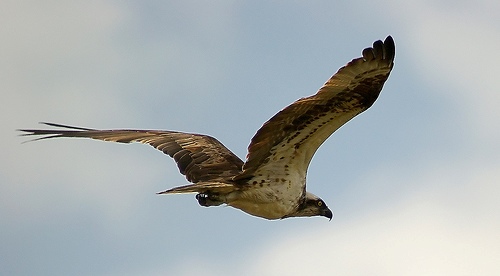
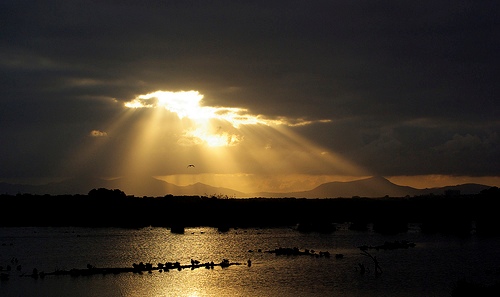
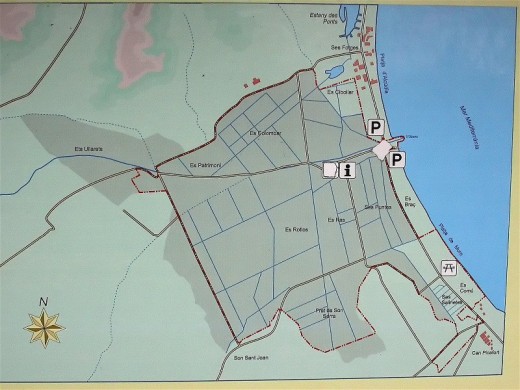
two interesting itineraries
- http://www.birdinginspain.com/sites-and-itineraries/mallorca/albufera/birding-in-the-albufera-natura
One visit to the S'Albufera reserve is a must for any birder staying on Mallorca and interested in seeing a good variety of wetland birds including ducks, herons, waders, terns, warblers, etc. - http://www.birdinginspain.com/sites-and-itineraries/mallorca/albufera/birding-in-the-albufera-natura
One visit to the S'Albufera reserve is a must for any birder staying on Mallorca and interested in seeing a good variety of wetland birds including ducks, herons, waders, terns, warblers, etc.


